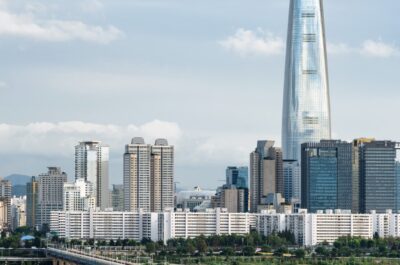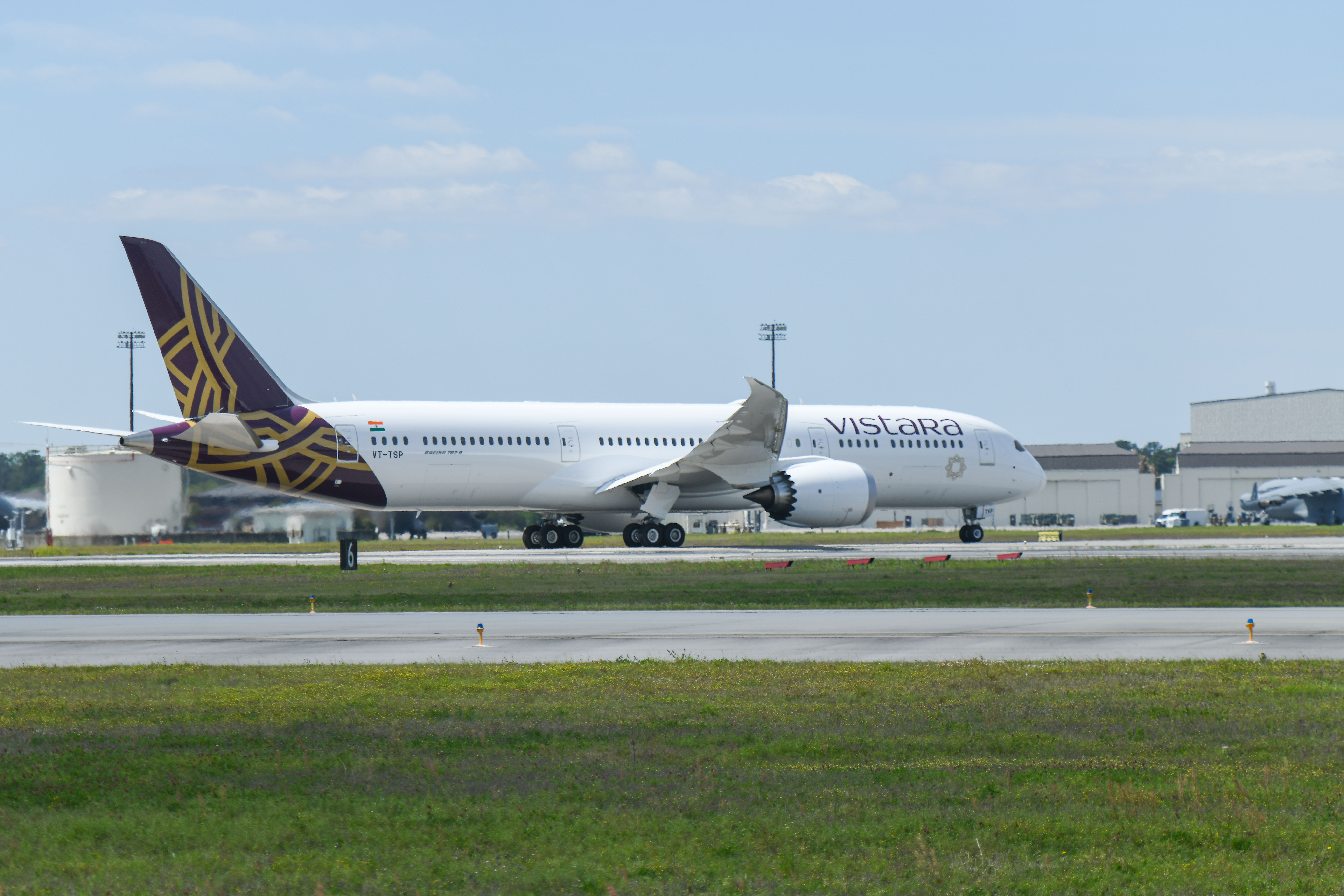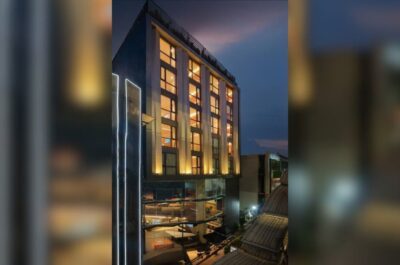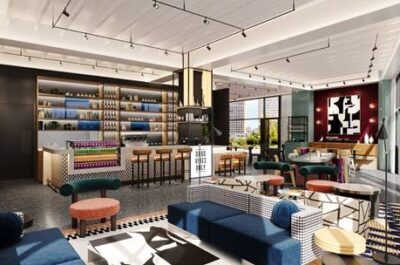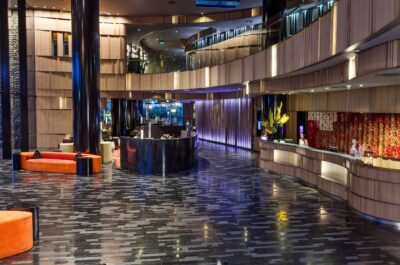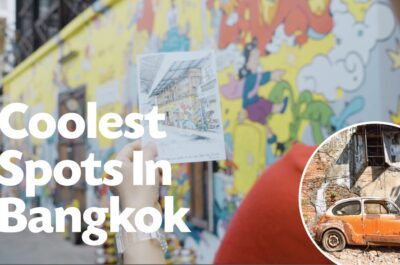The opening of Club Med second location in China confirms the orientation of the former holiday village resort into an exclusive resort club. Especially in China, where Club Med targets affluent travellers.
GUILIN – The first look can be deceiving. The long road from Guilin drives through new urban sceneries where factories and warehouses alternate with satellite towns and schools. The resort itself could first also look deceiving. Nestled in almost 50 hectares of land, buildings are scattered around a large meadow with sculptures. It provides a feeling of standing at a campus of some US university.
The new Club Med Guilin stands within the “Yuzi Paradiza Sculpture Park”, an ambitious leisure and art centre set up by a Taiwanese tycoon and art lover, Tsao Rhy-Chang. The 600-hectare park is renowned as Asia’s leading contemporary art centre, with some 100 modern sculptures by local and international artists, dedicated to the promotion of contemporary Chinese art and culture. It took nine years and a billion US dollarsof investment, planning and preparation, to finally have the park opened to the public in 2006. With a number of artists commissioned to work and live at the park at all times, the collection is forever expanding – not only in size, but, more importantly, in richness and artistic diversity.
Artists will now be confronted with a new kind of visitors: rich Chinese travellers coming for a rest vacation at Club Med newest village in Guilin. Surrounded by the cliffs surging over the Li River -which have made Guilin landscapes so famous all across China for centuries-, the contemporary resort is expecting its first guests from August.
The resort will have two hotels: a 284-room Courtyard Hotel and the 46-room boutique Chateau Hotel. Both offer spacious accommodation from a minimum of 30 m2 to 122 m2. Following the principles of Club Med, the resort is proposing only an all-inclusive, fully customized package that covers accommodation, meals, conferences facilities, leisure facilities and activities, and nightly entertainment.
Leisure facilities at the resort include three swimming pools, a spa, rock climbing, and a nine-hole pitch and putt golf course, and activities offered include zen activities such as meditation and tai chi, sport such as mountain biking, rock climbing, caving, flying trapeze but also art classes. Club Med guests will then be able to enjoy or learn the art of calligraphy, ceramics or printmaking.
China is turning into a major focus of Club Med strategy. Especially since the purchase of a stake by Chinese conglomerate Fosun International. The Chinese company took over 10% of Club Med back to 2010. In May, it announced with insurance company AXA to look for a total control of all shares and announced to be ready to put US$ 700 million on the table for acquisition.
In a statement, Fosun explainted its move while “Club Méditerranée has to enter a new phase of its development which requires a stabilised shareholding in order to be free from short-term constraints. AXA Private Equity and Fosun have decided to involve the managers of Club Méditerranée in order to implement a strategy in line with the difficult environment of tourism market in Europe, in particular in France,” it was said in a statement. The Chinese proposal was finally accepted by the board of management at the end of June.
Several times in the past, Club Med CEO Henri Giscard D’Estaing has sought boost Club Med destiny by turning more towards the Chinese market. It has announced plans to more than double the number of customers it serves on the mainland in three years as wealth in the region increases faster than elsewhere.
Club Med’s goal is to attract 5% to 10% of potential Chinese visitors to 4 and 5-star vacation resorts by 2015, representing just 0.2% of the total Chinese population. On this base, Club Med could accommodate over 250,000 Chinese customers by 2015.The Club has currently two properties -the Yabuli Ski Resort in Northeast China and Guilin Resort in Southern China- and is looking at having five properties until the end of 2015. were opened in 2012.
According to Giscard d’Estaing, the Club already identified 26 million of potential influent holiday-makers in Mainland China. This will certainly translate by boosting the number of properties. It should not be anymore a problem with a majority of shareholders being now Chinese…
Luc Citrinot a French national is a freelance journalist and consultant in tourism and air transport with over 20 years experience. Based in Paris and Bangkok, he works for various travel and air transport trade publications in Europe and Asia.






